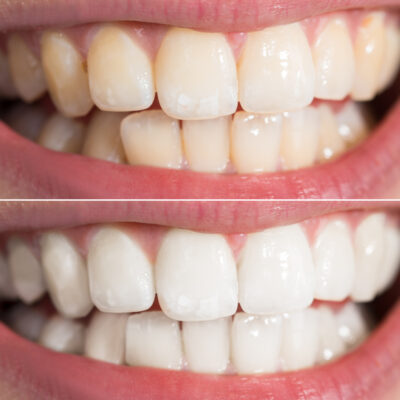
Prevention and Treatment of Cervical Cancer
Cervical cancer is a cancer that begins in the cervix, which is the narrow part of the lower uterus that connects to the vagina. The cancer begins with abnormal changes in the cervical tissue, and the risk is associated with human papillomavirus (HPV). There are a lot of precautions to take to prevent cervical cancer, especially in the early stage. If cervical cancer is detected in the early stages, it is known as pre-cancer.
Here are some treatments for cervical cancer patients can consider:
1. Preventing cervical cancer
Cervical cancer can result in a situation where a woman may lose her fertility. To prevent this and other complications, it is very important to limit the growth of cervical cancer cells. Earlier cervical cancer used to be deadly. Thankfully, in the present-day, prevention is possible, and cervical cancer screenings are available.
From the age of 21, every woman must get a pap smear once every three years. It helps to detect cancer at an early stage, ensuring the treatments cervical cancer patients follow are effective.
Above the age of 30, apart from pap smear tests, high-risk HPV testing can be done once in five years.
The HPV vaccination is available for girls above 11 years. An HPV infection is the main cause of cervical cancer. Doctors recommend the HPV vaccine for boys.
Other guidelines for the prevention of cervical cancer include:
- To delay the first sexual intercourse
- To limit the number of sex partners
- To use a condom during sexual intercourse to prevent transmission of the HPV virus.
- To stop smoking, as it can increase the risk of developing cancer.
2. Treating pre-cancer
Pre-cancer is the early stage of cancer. If caught early, the treatment for cervical cancer is easier as compared to that at a later stage.
Some of the treatments for pre-cancer are:
- Cone Biopsy
In this procedure, a cone-shaped tissue is extracted from the cervix. It is then tested in a lab to find out if it is cancerous. This test helps differentiate between benign and cancerous tumors.
- Cold Knife Conization
The procedure uses a cold knife or scalpel to remove tissue that is suspected to be precancerous. It is then tested in the lab to find out if it is dangerous.
- LEEP
LEEP stands for Loop Electrosurgical Excision Procedure. It involves the use of an electrically-charged wire loop to excise or remove pre-cancerous tissue. LEEP is a quick procedure that can be done under local anesthesia.
- Laser Ablation
In this procedure, lasers are used to heat and destroy pre-cancerous tissues. It can be done under local or general anesthesia.
- Cryosurgery
In this treatment, a metal probe is used to deliver gases that freeze and destroy the pre-cancerous cells. It can be done under local anesthesia.
- Removal of the cervix or uterus
Sometimes even after treating pre-cancer using the methods outlined, it doesn’t go away. There are cases where pre-cancer is treated successfully, but it recurs. In such cases, doctors perform a hysterectomy, where the cervix and uterus are removed. Trachelectomy is an alternative, where only the cervix and the upper part of the vagina are surgically removed. It allows women to be fertile.
The treatments cervical cancer patients can opt for treating pre-cancer is explained in this article. The guidelines for the prevention of cervical cancer are also given.


